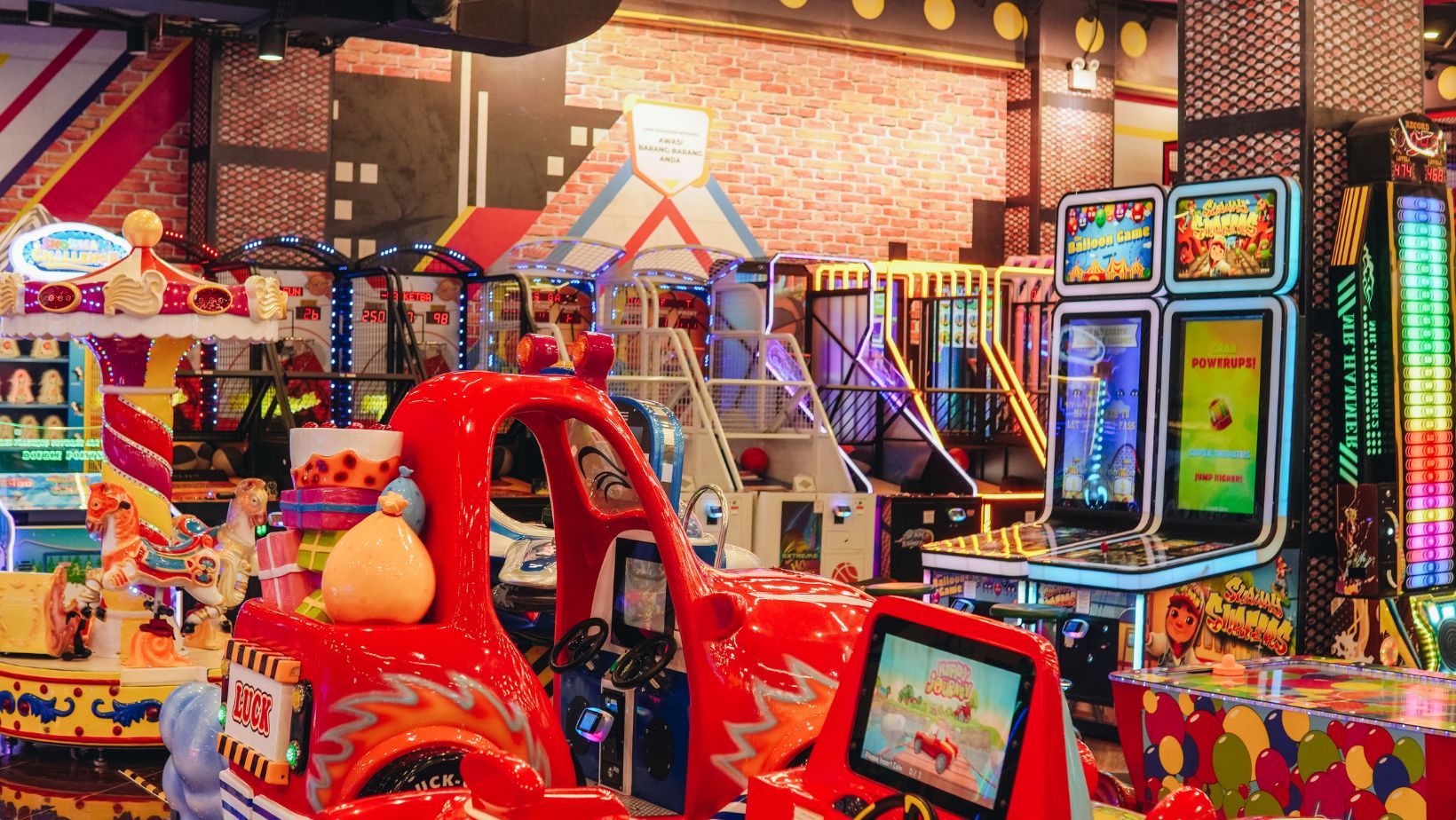Remember the buttons and joysticks of old-school arcade games? Game interfaces have come a long way since. From those noisy machines in pizza parlours to the sleek touchscreens on our phones today, how we play has changed as much as what we play.
The journey from physical controls to swipes and taps tells a bigger story of innovation, accessibility, and changing player habits. Let’s take a closer look at how game interfaces have transformed over the years and what that means for the future of play.
Touchscreens and the Rise of Online Casino Games
One of the most noticeable effects of evolving game interfaces is how smoothly traditional games have moved into the digital world, especially in the case of online casino games. Classics like slots, blackjack, and poker have been reimagined for touchscreens, giving players the feel of a real casino right from their phones or tablets.
Modern design prioritises user experience. Today’s casino apps use responsive layouts that adjust to any screen size and intuitive navigation, making jumping into a game easy. Simple gestures like swiping to deal cards or tapping to spin a slot reel make gameplay more natural and engaging.
Some platforms even include haptic feedback—subtle vibrations that go off when a card flips or a jackpot hits—to add a layer of realism that players can feel. These thoughtful touches don’t just look good; they make the experience more immersive. Behind these seamless experiences lies the expertise of a specialized casino game development company that understands both technical requirements and player psychology.

What’s more, the streamlined design appeals to all types of players. The user-friendly structure makes everything accessible and enjoyable, whether someone is playing poker late at night or just spinning reels on a lunch break. Unsurprisingly, the online casino games have embraced these features to stay ahead in the touchscreen era.
The Early Days: Arcade Machines and Physical Controls
In the early days of gaming, arcades were the go-to spots for fun and competition. These machines featured sturdy joysticks and big, clicky buttons that gave players a real sense of control. Each press and movement provided immediate feedback, making the experience feel physical and immersive.
The coin-operated nature of these games added an extra layer of excitement. Every coin dropped was a commitment, pushing players to focus and improve. This setup made game design challenging yet fair, encouraging repeated play and mastery.
These tactile experiences didn’t just entertain. They shaped how games were made. Designers learned the importance of responsive controls and precise feedback, lessons that continue to influence game development today.
Even as technology has advanced, arcade machines’ legacy lives on. Modern games still strive to capture that same engaging feel, proving that the foundations laid in arcades remain relevant.
The Console Generation: Ergonomics and Complexity
The evolution of game controllers has been remarkable, transitioning from the simple rectangular NES controller to today’s sophisticated devices.
The NES introduced the D-pad and two-button layout, setting a standard for future designs. As gaming advanced, controllers incorporated more buttons, analogue sticks, and ergonomic features to enhance player comfort and control.
Modern controllers, like PlayStation and Xbox controllers, feature vibration feedback and motion controls, providing immersive experiences. These innovations allow players to feel in-game actions, such as the recoil of a weapon or the rumble of a car engine, adding depth to gameplay.
The integration of motion sensing, as seen with the Wii Remote, revolutionised interaction by translating physical movements into game actions. This shift changed how games are played and influenced game design, encouraging developers to create more interactive and engaging experiences.
Overall, the progression from basic to complex controllers reflects the industry’s commitment to enhancing user experience through technological advancements.
PC Gaming Interfaces: Precision Meets Personalisation
PC gaming has always been about precision and control, and nothing exemplifies that better than the keyboard and mouse combo.

Unlike console controllers, this setup offers unmatched accuracy, especially in genres like first-person shooters, real-time strategy, and simulation games. The mouse allows for pinpoint aiming and swift camera movements, while the keyboard provides many keys for complex commands and shortcuts.
What sets PC gaming apart is the level of customisation available. Gamers can remap keys, create macros, and modify the user interface (UI) to suit their preferences. This personalisation enhances gameplay, making it more intuitive and tailored to individual playstyles.
For instance, in strategy games, players can assign groups and commands to specific keys, streamlining their actions during intense battles. Moreover, the market is flooded with advanced peripherals designed to elevate the gaming experience.
High-DPI mice, mechanical keyboards with customisable RGB lighting, and ergonomic designs ensure gamers have the tools they need for performance and comfort. These innovations not only improve gameplay but also reduce fatigue during extended sessions.
Precision, customisation, and advanced hardware make PC gaming a preferred choice for many enthusiasts.
It’s All About the Player
The evolution of game interfaces isn’t just a tech story. It’s a people’s story. From the satisfying click of arcade buttons to the smooth swipe of a touchscreen, each step has made gaming more personal, immersive, and accessible.
The objective has always been to make the gameplay feel natural and enjoyable, whether a player is spinning the reels in their favourite online casino game, customising controls on a PC, or experiencing every in-game impact on a console. And as technology keeps pushing forward, one thing’s clear. The best game interfaces are those that focus on the player.

